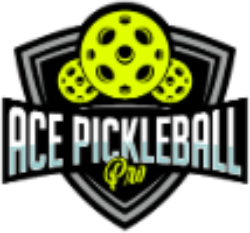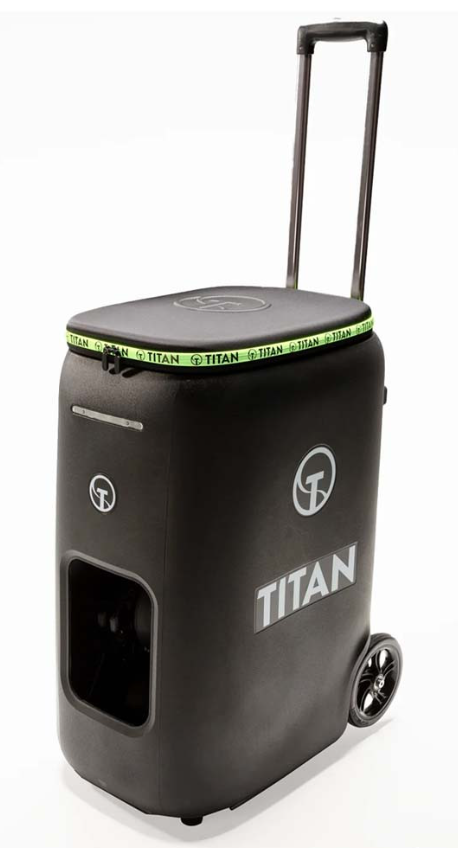The first time I stepped onto the court with a ball machine, I thought I was ready.
I had my paddle. I had my game face. I had my ego.
Ten minutes later, I was drowning.
The machine wasn’t just feeding me balls — it was surgically exposing every lazy habit I’d built.
Footwork? Shredded. Timing? Late. Mindset? Doubting itself with every smash.
It hit me like a rogue forehand:
Machines don’t just train your body. They reveal your soul.
And if you’re serious about playing smarter, not harder, you’re going to want to listen closely to what’s coming next.
Pickleball Machines Today: The Gateway to Skill Mastery
Today’s top pickleball machines — like the Simon X and Lobster Pickle — aren’t just random feeders. They’re precision architects.
They hammer your footwork, polish your shot timing, and carve out deeper control with every drill.
✅ Precision ball feeds
✅ Wicked spin variations
✅ Oscillating randomness that feels almost human
They’re the bedrock of motor learning theory (Wulf, 2013): train the muscle memory until your body acts faster than thought.
(If you’re also practicing how to improve accuracy in pickleball or refining your spin control, these machines are an absolute cheat code.)
But here’s the reality nobody likes to admit:
Today’s machines still play checkers.
Tomorrow’s machines will play chess.
Beyond 2025: Enter Neuroadaptive Pickleball Training
Imagine this:
- Your machine reads your neural fatigue signals from a smart wristband.
- It detects the micro-tremor in your hand before you even notice your grip slipping.
- It adapts in real time — slowing down, speeding up, spinning left, hammering your weaknesses until they’re no longer weaknesses.
Welcome to Neuroadaptive Training.
The machine doesn’t just shoot balls anymore.
It thinks with you.
It evolves with you.
(Pro Tip: If your paddle grip tightens 7% after a missed drop shot? Neuroadaptive AI can spot it — and force you into a confidence-rebuilding drill instantly.)
If you thought mastering the basic pickleball strategy was critical, imagine a future where your sparring partner reads your mind better than your best friend.
Smart Machines Are Already Changing Other Sports
Pickleball isn’t the first sport to ride the AI wave.
Tennis, soccer, and even baseball are already using smart courts, biometric sensors, and machine learning to shape future champions.
At the MIT Sports Analytics Conference (2022), researchers revealed how “AI in Tennis Coaching” is revolutionizing player development — using predictive fatigue models and smart sensors to optimize training patterns in real time.
Pickleball is next.
And those who train with adaptive machines early?
They’ll stretch ahead — while others are left behind.
Meet the D.A.R.T. Model: Your Machine-Evolved Training Secret
D.A.R.T. = Dynamic, Adaptive, Real-Time Training
| Phase | Focus | What Happens |
|---|---|---|
| Dynamic Loading | Physical | Machine spikes or slows drills based on real-time fatigue signs. |
| Adaptive Targeting | Cognitive | It shifts spin, depth, angle — exploiting weak zones relentlessly. |
| Real-Time Analysis | Data | Adjusts every 10 shots based on evolving player performance. |
| Training Personalization | Neural | Learns your habits and counters your tendencies better than human coaches. |
Result:
A training partner who never gets tired, never misses mistakes, and never lets you settle.
Future Training Timeline: 2025–2035
| Year | Innovation | Impact |
|---|---|---|
| 2025 | First AI-smart feeders | Basic dynamic targeting |
| 2027 | Smart paddles + motion shoes mainstream | Rich player profiles; hyper-personal practices |
| 2030 | Full biometric + emotional tracking | Psychological pressure training auto-adapted |
| 2032 | Neuroadaptive training for elites | AI coaches outperform 80% of human trainers |
| 2035 | AR-match simulations vs AI world champions | Full immersive real-match training without travel |
(And if you’re curious where to start prepping for this, pickleball ball machines explained is a good primer.)
Real Talk: Pros & Cons of Machine Training
PROS:
- Consistency under pressure
- Endless reps without the need for a partner
- Brutally honest feedback (no ego, just truth)
CONS:
- Machines can’t replicate trash talk, intimidation, or unpredictable chaos
- Risk of robotic habits if you don’t vary your drills
- Setup and maintenance required (machines aren’t “plug and pray”)
(If you’re balancing machine and live training, check out the best pickleball classes.)
Mind-Machine Co-Learning: Pickleball’s Grandmaster Leap
The best chess players today?
They don’t just train against humans.
They spar with AI engines like Stockfish and AlphaZero — opponents that think ten moves ahead.
Pickleball’s heading the same way.
Your toughest future opponent might not be the guy across the net — it might be the machine that has modeled your game better than you ever could.
If you want to win at pickleball in the 2030s, it won’t be about who practiced longer.
It’ll be about who trained smarter.
Who evolved faster.
Who adapted first.
Closing Challenge: The Edge is Now
Machines today are your practice partner.
Machines tomorrow will be your fiercest coach.
The players who embrace this shift early will have an edge you can’t fake.
The ones who resist?
They’ll feel it first in lost points… then lost seasons… then lost dreams.
Choose wisely.
Train fiercely.
Adapt relentlessly.
The future of pickleball greatness belongs to the player who trains at the edge.
Will it be you?
Frequently Asked Questions about Pickleball Machines
Do pickleball machines actually help you get better?
Short answer: YES — if you use them right.
Pickleball machines are insanely effective for building consistent strokes, footwork, and mental endurance.
(If you’re curious about how to improve pickleball footwork, a machine can literally force you to move smarter.)
But — warning — if you just mindlessly hit balls without feedback or strategy?
You’ll get better at bad habits.
👉 Pro Tip: Always train with specific goals, not just random hits.
What’s the best way to practice with a pickleball machine?
Focus on specific drills that match real-game scenarios.
Don’t just hammer forehands — mix in serves, dinks, volleys, and returns.
(Need ideas? Here’s the best pickleball drills for beginners.)
Track your weak spots. Machines can’t fix what you don’t measure.
Can a pickleball machine help me if I’m a beginner?
Absolutely.
Machines are perfect if you’re still learning the basics, like how to practice pickleball serves or mastering how to dink without losing your mind.
Just adjust feed speed and spin so you don’t overwhelm yourself.
Can machines simulate different player styles?
Some advanced models can — adjustable spin, speed, oscillation, and random feeds.
(Check the best pickleball machines list for options.)
But they can’t yet simulate real human chaos. (Soon though.)
How long should a pickleball machine last?
Good ones can last 5–10 years with regular care.
(And if you want to know how long pickleballs last, it’s way shorter — stock up.)
P.S.
If you’re reading this far, it means you’re not like every other player.
You’re serious about unlocking your next level.
Remember this:
Training smarter isn’t just about gear (though if you need it, here’s how to choose the best pickleball paddle).
It’s about who adapts fastest.
Who moves first.
Who thinks further.
👉 Machines are evolving.
👉 Players are evolving.
👉 Will you?
See you on the future courts, legend.

